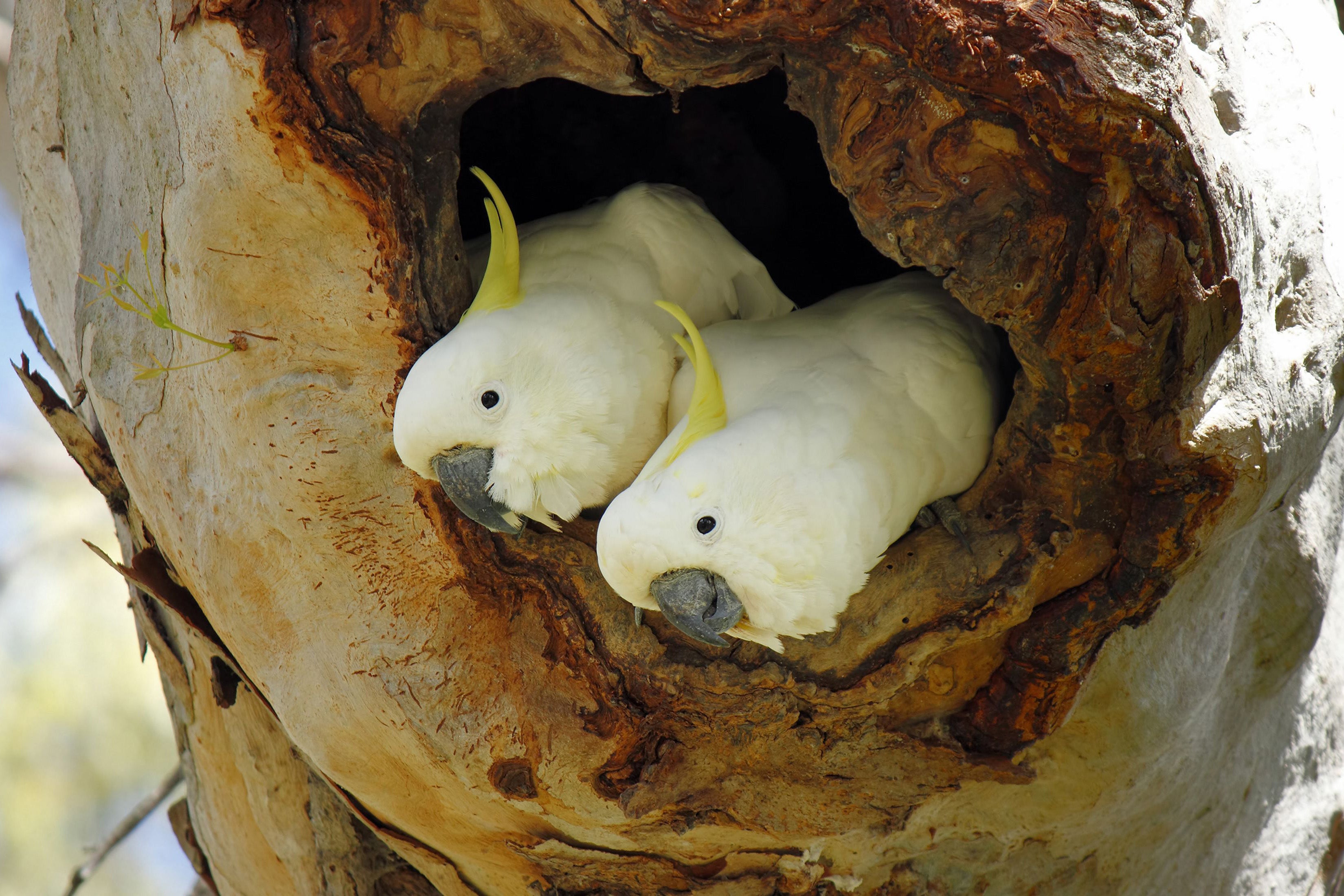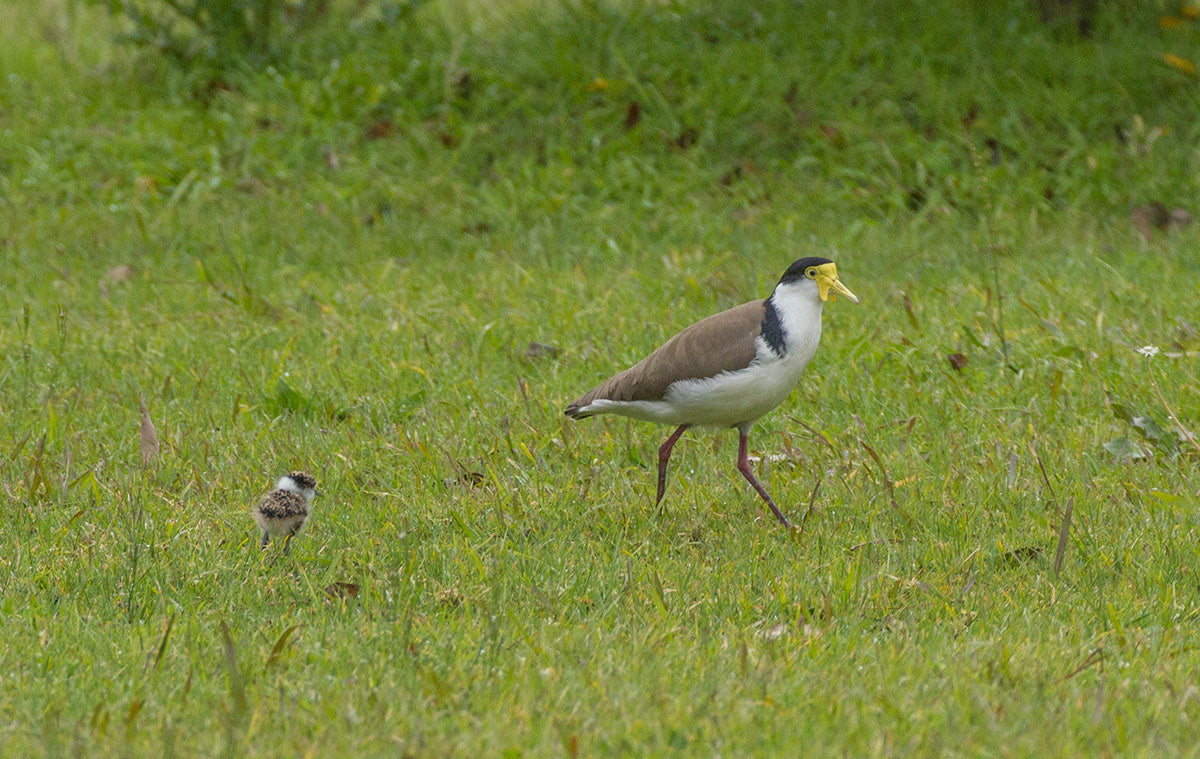Caring For Wildlife in Spring!
Spring has sprung in Australia! The sun is out, and nature is kicking into action. As our company name suggests — we adore native flora and fauna here in the Southern Hemisphere. Living harmoniously with local Australian wildlife is essential, but some situations can be tricky to navigate. That’s why we’ve put together our top tips to care for wildlife in spring, and how to avoid getting swooped by nesting birds!
It’s the best time of the year. Springtime represents the season of new beginnings; flower buds begin to grow and bloom and animals awaken from their wintry slumber. For many bird species, Spring is a very busy time — there's eggs to keep warm, territory to defend, and the all-important nest-building process. You may notice Magpies, Superb Fairywrens, Welcome Swallows, Butcherbirds, Noisy Miners and Masked Lapwings (Plovers) nesting in your backyard or your neighbourhood.


Magpies & Plovers
If you ever take on a stroll through your neighbourhood in Spring, you’re likely to spot Australian wildlife like Magpies and Plovers instinctively protecting their nests. If you’ve ever been swooped by one of these birds, you probably don’t think too highly of them! But, swooping is the most common way for birds to scare humans and other animals away from their nest and away from their babies. Male birds, in particular, will show more signs of aggression — they’re just trying to be good dads, so we’ll forgive them!


With urban development and habitat loss, birds and other native species are forced to compete for territory, food and water. Often, they will nest close to humans, which can cause some issues, you might even find birds in your own backyard. The Australian magpie or Gymnorhina tibicen tend to nest on busy streets with lots of pedestrians, and Plovers will nest on school ovals, airfields, and other inconvenient spaces for humans.


How to live harmoniously with nesting birds!
Take a wide berth around the area.
If you come across a Magpie nest high up in the trees, or a Plover nest on the side of the road, its best to take a wide berth around the area and give the birds some space. Crossing the road or changing your route indicates to the birds that you are not a threat and will not harm their young. Most birds will only swoop within a 50m range of their nest.
The most important thing is to walk, not run, away from the area. By running or showing aggressive behaviour, you are signalling to the birds that you are a threat. If you are on a bike, dismount and walk through the area.
Don’t make eye contact (and wear sunnies!)
Magpies, in particular, do not like to be “watched”. Consider wearing sunglasses to shield your eyes.
Wear a hat or use an umbrella.
Wearing a broad-brimmed hat or using an umbrella can provide some protection if you are swooped.
Call your local wildlife rescue for advice.
Remember that native birds are part of our environment and deserve our respect. If you’re unsure about anything, or you find an injured animal, contact your local wildlife rescue for advice. If there is a particularly dangerous area with many instances of swooping, report it to your local council or wildlife rescue; they may put up warning signs to alert pedestrians. If you are swooped by a magpie, you can report the exact area on this Magpie Swooping Map.
What NOT to do:
- Never remove or destroy a bird’s nest.
- Never harass, taunt or harm birds.
- Avoid feeding birds — becoming too dependent on an artificial for source can cause increased territoriality and aggression.
- Don’t 'rescue' young fledgelings found on the ground. Parent birds will watch from a distance and let their baby work it out. This process is important for juvenile birds as it builds crucial survival skills.


For more information about local species and how to protect them, visit the WIRES website.
Living in harmony with local wildlife is super important. During the warmer months of the year, birds may become more territorial and aggressive — the best thing you can do is avoid the area and respect their space.

